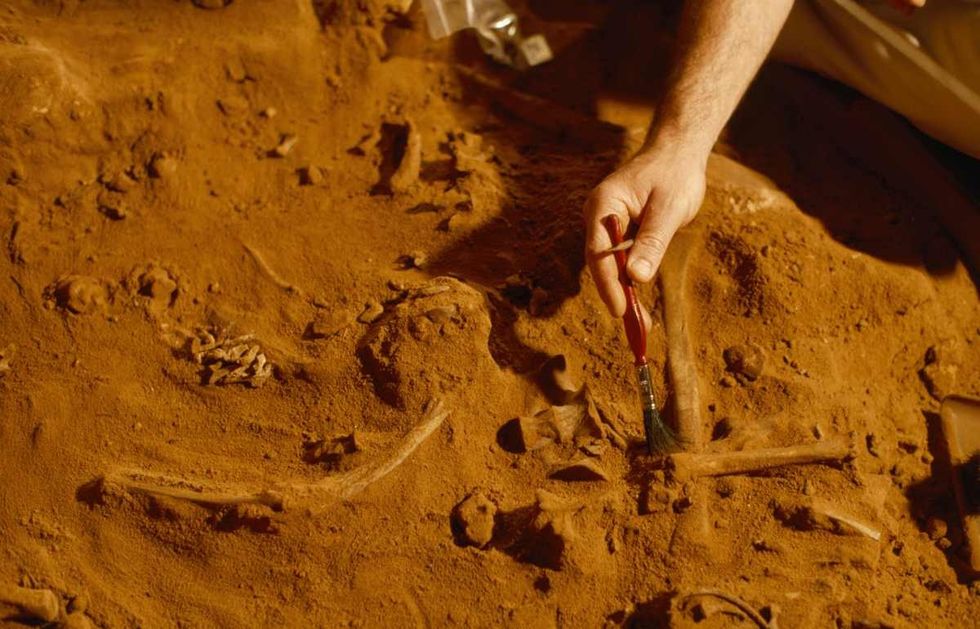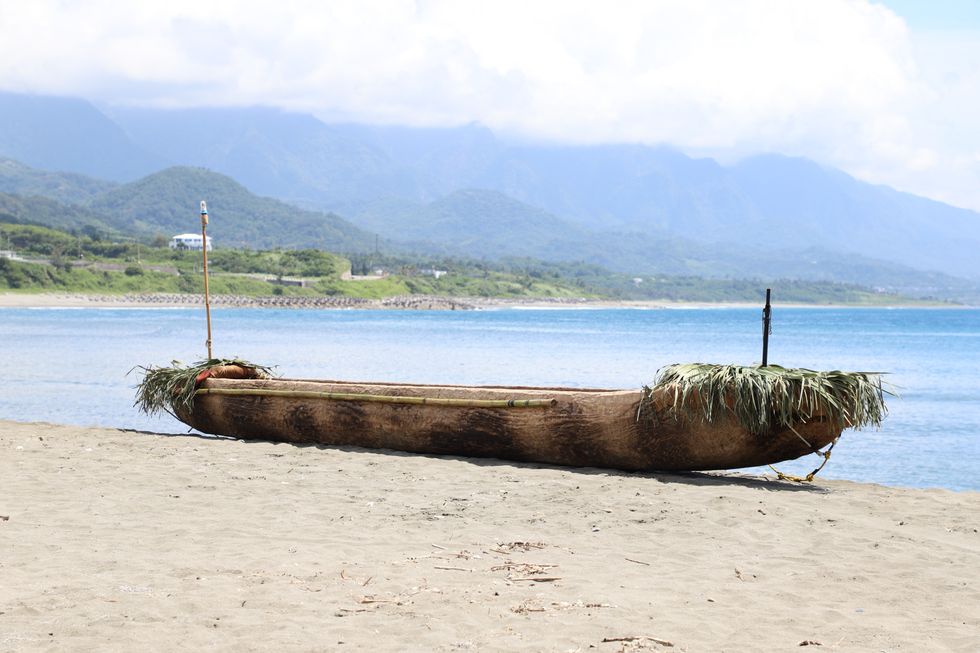From Stonehenge to the Easter Island statues, scientists continue to be baffled by ancient structures whose origins remain to be a mystery. In a recent discovery about 12.4 miles east of Dijon, France, near the gravel pits of the verdant Ouche valley, relics of ancient life dating back millennia have been unearthed, reported IFL Science.

Archaeologists from the French National Institute for Preventive Archaeological Research (Inrap) excavated three areas in the plain and discovered these artifacts and historic structures scattered across an area of approximately 15 acres. These relics revealed occupations between the Neolithic Age and the early Iron Age, as Inrap stated in a press release. The oldest occupation was revealed through a monument consisting of three nested enclosures. There was an 8-meter (26-foot) long "horseshoe" enclosure attached to a circular enclosure 11 meters (36 feet) in diameter and another open enclosure interlocked with the central enclosure. Archaeologists said that the presence of gravel in two enclosures hinted at the existence of a palisade. The team also took stratigraphic sections of the monument, analyzing the layers deposited into it, and suggested that the three enclosures were from the same timeframe.

“This type of monument seems unprecedented and currently no comparison has been established,” researchers wrote in the press release. "The dating still remains uncertain, however, the only artifacts discovered in the ditches correspond to cut flints which would suggest a chrono-cultural attribution to the Neolithic period." The team further announced that a radiocarbon analysis of the monument would be carried out to assess its chronology in a more elaborate manner.
The team also came across several objects tucked just under the topsoil that suggested that they belonged to the “Bell Beaker period.” The Bell Beaker culture was named after the inverted bell beaker that was used by people for drinking during the European Bronze Age, particularly around 2800 BC. Objects found during the excavation also included seven flint arrowheads, two archer's bracers, a flint lighter, and a copper alloy dagger. They also observed traces of iron oxide and pyrite on an armband, indicating that they were used to light fires.

“Analyses of the composition of the copper alloy of the dagger should make it possible to establish its origin and provide us with information on commercial exchanges at that time,” the team wrote, and added, “The palynological and carpological analyses of the clayey layers at the bottom of these structures provide a lot of information on the natural environment and the landscape of the valley in the first half of the second millennium BC.”
In another excavation, the team found “a necropolis of five circular enclosures” estimated to belong to the period between 1500 BC and 1300 BC. It included four open enclosures and one closed enclosure. The largest open enclosure, featuring a diameter of 24 meters, comprised of remnants of a burial and a funeral pyre. However, most of the burials or unburned bones weren’t preserved because of the acidity of the soil. Scrambled inside the ditch of this enclosure, they also stumbled upon five copper alloy pins and a necklace of forty amber beads that helped them date the necropolis.

The last occupation that they discovered was estimated to date back to the first Iron Age, something they proposed after dating the corresponding items found there. Following these excavations, the archaeologists wrote in the press release, “Combined with paleo-environmental studies, they will provide a great deal of information on spatial occupation that will make it possible to propose a scenario for the evolution of this territory over the ages.”
This article originally appeared last year.


















 Image frmo Scientific Reports of ancient artwork. Image Source:
Image frmo Scientific Reports of ancient artwork. Image Source:  Image frmo Scientific Reports of ancient artwork.Image Source:
Image frmo Scientific Reports of ancient artwork.Image Source:  Image frmo Scientific Reports of ancient artwork.Image Source:
Image frmo Scientific Reports of ancient artwork.Image Source: 

 It's difficult to imagine seeing a color and not having the word for it. Canva
It's difficult to imagine seeing a color and not having the word for it. Canva
 Sergei Krikalev in space.
Sergei Krikalev in space. 


 The team also crafted their canoe using ancient methods and Stone Age-style tools. National Museum of Nature and Science, Tokyo
The team also crafted their canoe using ancient methods and Stone Age-style tools. National Museum of Nature and Science, Tokyo The cedar dugout canoe crafted by the scientist team. National Museum of Nature and Science, Tokyo
The cedar dugout canoe crafted by the scientist team. National Museum of Nature and Science, Tokyo